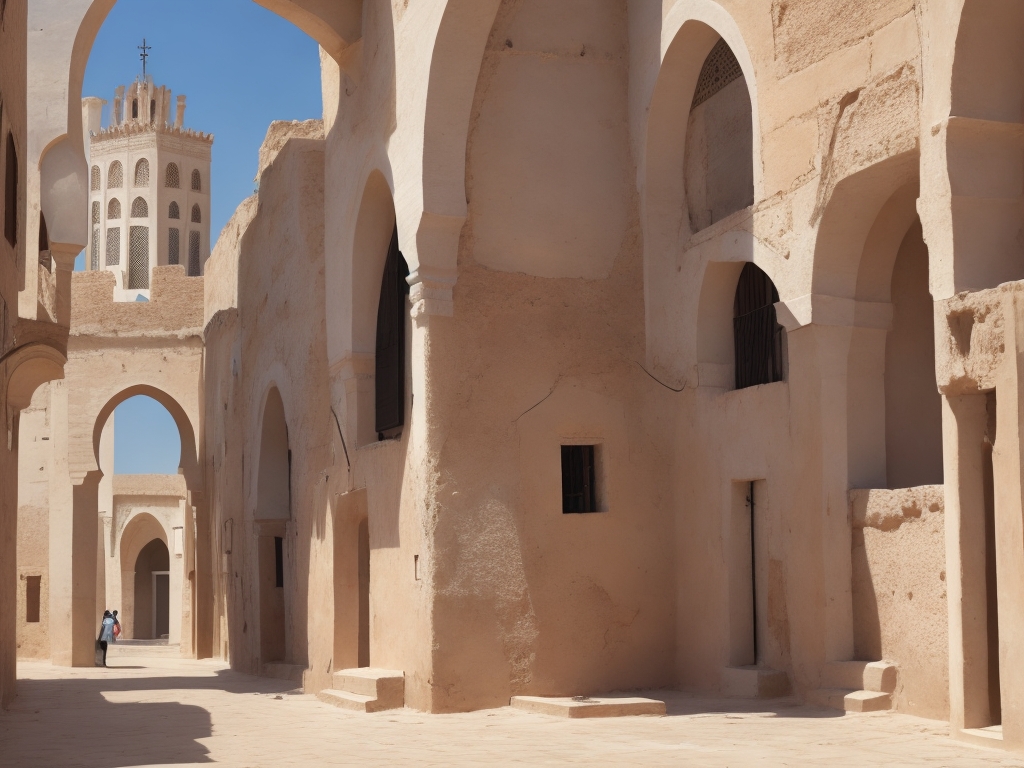
The northern African country of Tunisia has some incredible beaches and the fact its climate is similar to that of other Mediterranean countries makes it an excellent starting point for Europeans to explore Africa. However, Tunisia’s excellent beach holiday destinations aren’t the only attraction for travelers. The country has an incredibly rich history and culture and this is reflected in some of the archaeological sites found there. A day trip to some of them is an excellent way to get to know a little more about the countless civilizations that have made Tunisia their home.
Carthage
Carthage is located on the north east coast of Tunisia and was one of the most powerful cities in the world between 200BC – 101BC. It spawned the Carthaginian Empire which went on to dominate the majority of the western Mediterranean and its ruins are now located outside the modern day city of Tunis. The history of Carthage dates back to the ancient world and legend has it the city was founded by Queen Dido in the 9th Century BC. Much of the success of Carthage was down to its strategic position in the Mediterranean and as a result, the Roman Empire went to war with the Carthaginian Empire on three separate occasions. These Punic Wars led to the destruction of the city in 146 BC when it is said the Romans salted the earth so nothing could live on the site of this once great city. The Romans then used the strategic position of Carthage and re-founded it as their own city. The legacy of war and new settlement has left Carthage with varied ruins belonging to a myriad of different cultures which are worth a day trip. Also, the Carthage International Festival between the 12th of July and the 23rd of August is the country’s biggest arts event and will give visitors a great insight into the culture of the area.
El Jem Amphitheatre
El Jem was one of the most successful regions in the ancient Roman Empire, second only to Rome itself. The wealth and commerce in the area was due to its agricultural strength and large scale production of wheat and olive oil. This wealth materialized in several imposing structures, one of which still stands today – the amphitheater. The scale of the structure is even starker now there is no longer a bustling city surrounding it. Constructed during the year 200, it was the scene of games, celebrations, and many cruel and bloody sports that the Romans practiced at the time. The laments of martyrs and slaves have now been replaced by symphony orchestras and concerts as the amphitheater is still used for entertainment. Its incredible acoustics make it a wonderful venue for musicians and if you get the opportunity, definitely take in a show at this stunning site.
Tunisia is a first class destination for cultural tourists, so take the time to explore this ancient country and all it has to offer away from the beach.